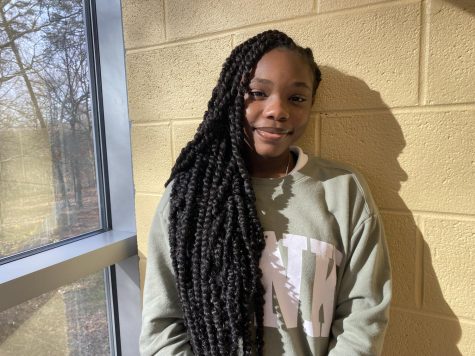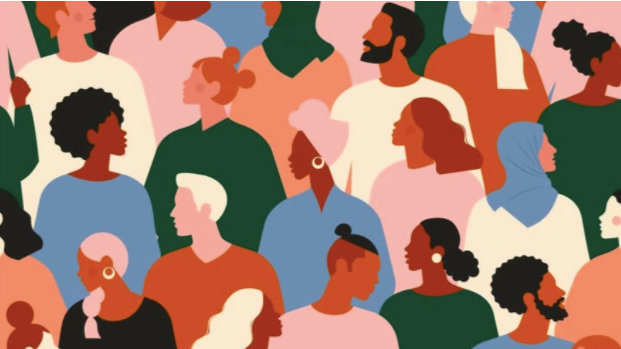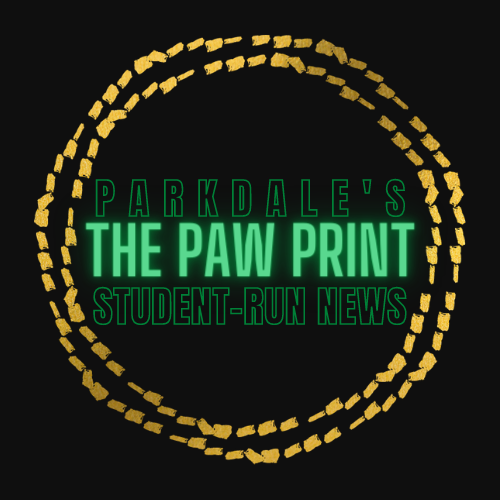Representation In The Film Industry
It is no secret that diversity is a big topic of discussion in the film industry. For years many movies and TV shows have had a lack of representation and diversity. Most of the time directors would exclude other races altogether or only include those of other races for the sake of it. But representation is much more than just having a Black or a Hispanic person in your film, the way you represent that person is also important.
Portrayals:
Well-known film director Tim Burton has actively excluded people of other races from his movies because they do not fit his particular aesthetic. It wasn’t until 2016 when Tim Burton added his first black actor, ‘Samuel Jackson’ to one of his movies, however in the movie Jackson played a villain which is the perfect example of a negative portrayal of a specific race. These negative portrayals do not only happen in the black community, but in other communities as well. “While growing up I’ve never truly seen a character in a movie that looked or acted like me,” said junior Natalie Garcia.
“Not only are religious details in shows wrong,” said junior Kafine Sanogo, “Hijabis are also looked at as very oppressed in TV Shows, many tropes involving hijabis, involve her taking off her hijab for a man who ‘sets her free’”.
Another group that is underrepresented is the disabled and those with mental health disorders. They are often underrepresented or misrepresented in movies and media. In the movie ‘Old’ that came out last year there was a man who is diagnosed with schizophrenia, however he was portrayed in an extremely violent manner which can negatively affect the way viewers view schizophrenics.
The LGBTQ+ Community has also suffered from poor representation which has resulted in negative stereotypes, “ I don’t wanna keep seeing men like me on HIV commercials,” stated an anonymous Parkdale student.
Representation in the black community:
“I’m not gonna say I didn’t see any black characters in movies growing up because I love Princess Tiana, but it wasn’t a proficient amount,” said unior Sidney Steele.
It seems we’ve gone back and forth with representation in the African American community. The amount of shows that showcased a predominantly black cast skyrocketed in the 80s and 90s with shows like ‘Family Matters’, ‘In Living Color’, and ‘The Cosby Show’. But as we transitioned into the 2000’s we started to see a bit of a drop, and representation among the black community only started picking back up around 2016 with ‘Hidden Figures’ coming out in 2016 and ‘Get Out’ coming out the following year.
“It feels like if a black person is going to be implemented into a movie they either have to be playing a role that (is) historically related to their culture or they are squeezed in just for show,” stated an anonymous student at Parkdale”.
Although everyone is affected differently by these things, there can be negative effects to portraying a person of a specific race or religion in a negative way. Representation in children’s media is especially important. A child’s mind is very impressionable, and when you force certain ideas into a person’s head while they’re young, it can have major effects on them. This is seen clearly in the “doll test” which is a psychological experiment that was designed in the 1940s.
During the test children between the ages of 3-7 are sat in front of the table with two dolls on it and are asked to select the doll they preferred. The test was done to measure the effects of discrimination and marginalization felt by African americans. In the original test, over half of the children chose the white doll as the nice doll and the black one as the bad one. The test had been repeated multiple times since the original test but with similar results.
Whether or not people are satisfied with the amount of representation seems to vary from person to person. While some people can agree that representation has improved, others would argue that it was better before. The film industry has a long way to go, but it is clear that there are efforts being made.
In children’s media especially, we are seeing an increase in diversity with movies like Disney’s ‘Encanto’, ‘Moana’, and ‘Mulan’ representing Hispanic, Polynesian ,and Asian people respectively. And shows like ‘Arthur’ and ‘Adventure Time’ that have included characters that are a part of the LGBTQ+ community and characters with disabilities.
Your donation will support the student journalists of Parkdale High School. Your contribution will allow us to cover our annual website hosting costs and publish some printed editions, as well.

Jada Adams is a junior at Parkdale High school and this is her first full year on staff. She looks forward to providing you with interesting and informative...


